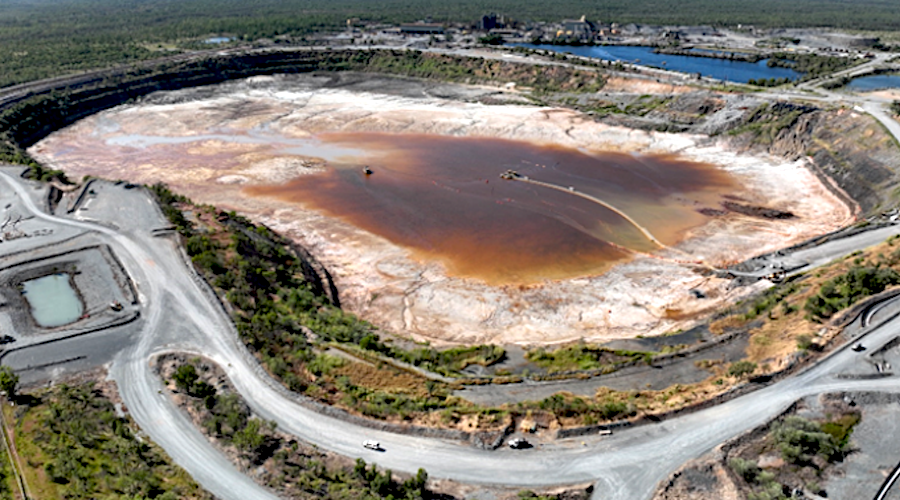Rio Tinto to take over Ranger uranium mine cleanup


Rio Tinto (ASX, LON, NYSE: RIO) will carry out the rehabilitation of the closed Ranger uranium mine in Australia’s Northern Territory, a government body has ruled.
The Takeovers Panel's decision ends a long-running dispute over weather Rio Tinto of its majority owned uranium producer Energy Resources of Australia (ASX: ERA) would assume the site restoration’s costs.
It also clears the way for Rio Tinto to assume full control of the uranium producer via the company’s capital raising, announced in August.
ERA halted activities at Ranger in 2021, after 40 years of operations. The initial goal was to finish the site cleanup by 2026. Rehabilitation costs for the site have surged to A$2.2 billion (US$1.4 billion) and ERA warned in August it would run out of money by December. It said at the time it would launch a capital rising, with Rio as the most likely shares buyer.
Willy Packer's Packer&Co and Richard Magides' Zentree, who collectively own around 12% of ERA, filed an objection with the Takeovers Panel, saying the move would unfairly allow Rio to increase its stake in the from 86.3% to 99.2%, clearing the way for the mining giant to buy out ERA.
The Takeovers Panel upheld on Tuesday its previous decision to reject the objections from the two minority ERA shareholders.
“ERA now intends to proceed with the [A$880 million] entitlement offer as soon as possible,” the company said on Tuesday.
ERA still seeks to have its mining permit for Jabiluka, a vast uranium deposit surrounded by the Kakadu National Park, restored. The licence, which has been under the same company's control since 1991, expired om August.
The Australian government, led by prime Minister Anthony Albanese, has pledged that Jabiluka will “never be mined” and instead will be integrated into the adjacent Kakadu National Park.
ERA filed the petition to have the mining licence back, despite Rio Tinto's stating that it had no plans to develop the mine site and that it was pleased to see the traditional owners’ wishes respected.
The Mirarr people have long opposed to mining activities in the region, organizing protests in the late 1990s and early 2000s. Rio Tinto has backed the traditional owners' position in recent years as it works to repair its ties with indigenous groups after destrpuomg sacred rock shelters at Juukan Gorge in Western Australia in 2020 for an iron ore mine expansion.
Australia is home to almost one-third of the world’s identified uranium reserves, yet the mining of this resource is permitted in only two of its eights states and territories — South Australia and the Northern Territory.
The country’s only operating uranium mines are BHP’s Olympic Dam, which generates uranium as a secondary product of its copper mining activities and Boss Energy’s Honeywell mine. Together, they account for around 9% of the global reported production.
Comments